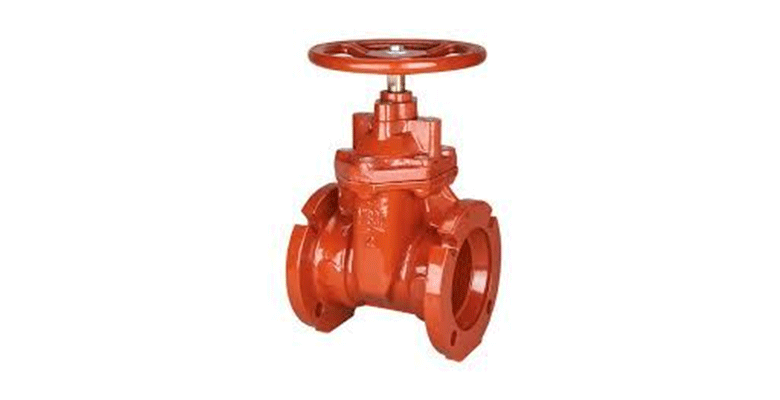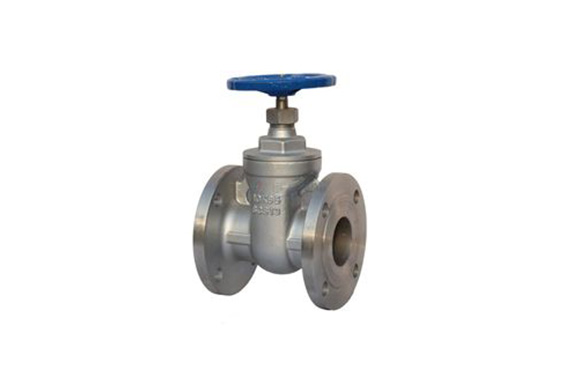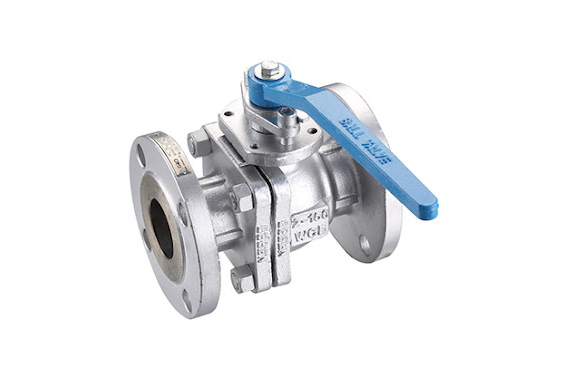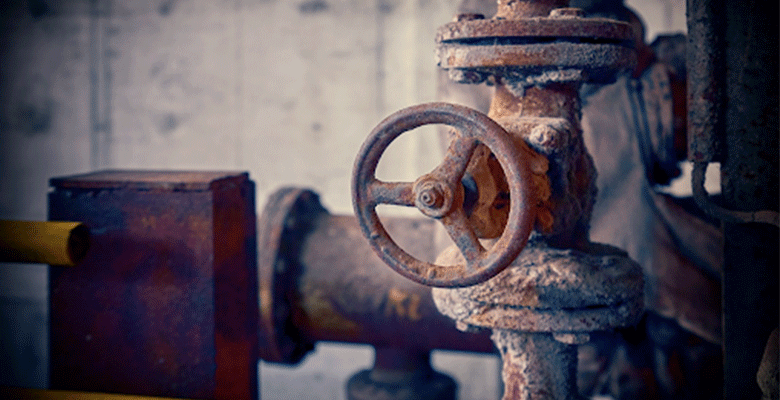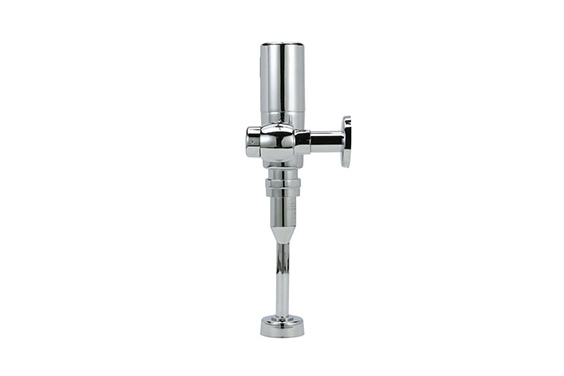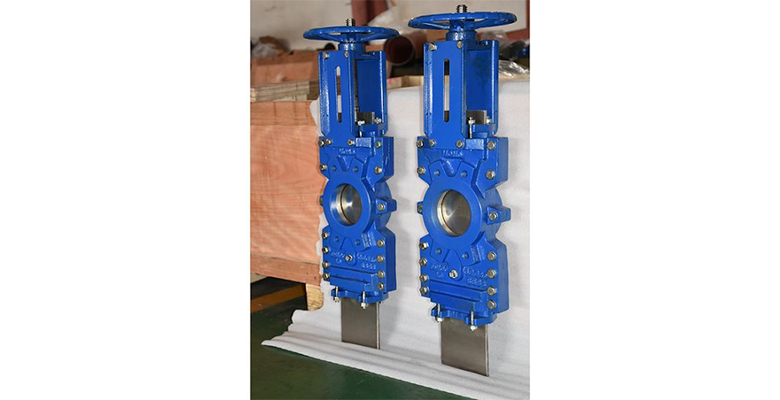An actuator valve is a type of valve that uses an actuator to control it. This actuator can be electric, pneumatic or hydraulic. The purpose of the actuator is to open or close the valve. The actuator is attached to the valve by a linkage system. This system can be manual or automatic. When the actuator receives power, it opens or closes the valve.
What Is An Actuator Valve
An actuator valve is a very important hydraulics component. It is basically a robotic finger that opens and closes a valve. This lets fluid flow through the system to where it is needed. The actuator valve is turned on or off with an electric current. This allows for automated or remote control over the flow of hydraulic fluid. This can be very useful in situations where it is difficult or dangerous for humans to be in close proximity to the fluid.
Actuator valves are also used in some pneumatics systems. In these systems, they are usually called solenoid valves. These types of valves are often used in household appliances like dishwashers and washing machines.
They are also used in many office machines, like printers and fax machines. Solenoid valves work by using electromagnets to open and close the valve. This type of valve is often preferred over manual valves because they are more accurate and easier to control.
What is the difference between actuator and valve?
Actuators are used to open or close a valve. Valves are used to control the flow of fluid. The main difference between an actuator and a valve is that an actuator is used to control the position of a valve, while a valve is used to control the flow of fluid. Actuators are available in a variety of designs, such as pneumatic, hydraulic, electric, and manual. Each type of actuator has its own advantages and disadvantages
Pneumatic actuators are the most common type of actuator used in industry. They are relatively simple and inexpensive to operate, and they can be used in a wide range of applications.
Hydraulic actuators are more expensive than pneumatic actuators, but they offer superior force output and precision control. Electric actuators are more expensive than both pneumatic and hydraulic actuators, but they offer the advantage of being able to operate in hazardous environments.
Manual actuators are the least expensive type of actuator, but they require manual operation and can be less precise than other types of actuators.
Where is the valve actuator?
While the exact location of the valve actuator will vary depending on the specific setup of your plumbing system, it is typically located near the point where the main water supply enters your home. If you are not sure where your valve actuator is located, you can always ask a professional plumber for help. With their knowledge of plumbing systems, they will be able to quickly locate the valve actuator and make any necessary repairs.
Where are valves and actuators used?
Valves and actuators are used in a variety of industries and applications. In the oil and gas industry, they are used to control the flow of crude oil and natural gas. In the automotive industry, they are used to regulate the flow of fluids in cars and trucks.
In the food and beverage industry, they are used to control the flow of liquids and gases in processing and packaging plants.
And in the water treatment industry, they are used to regulate the flow of water in reservoirs, treatment plants, and distribution systems.
Valves and actuators are also used in a variety of other industries, including power generation, chemical processing, pharmaceutical manufacturing, and textile production. In each of these industries, valves and actuators play a vital role in regulating the flow of materials.
What controls an actuator?
The three most common ways to control an actuator are electrical, pneumatic, and hydraulic. Electrical actuators are controlled with electric signals, pneumatic actuators are controlled with air pressure, and hydraulic actuators are controlled with fluid pressure.
By understanding how actuators work and how they are controlled, we can create devices that can automate just about any process.

